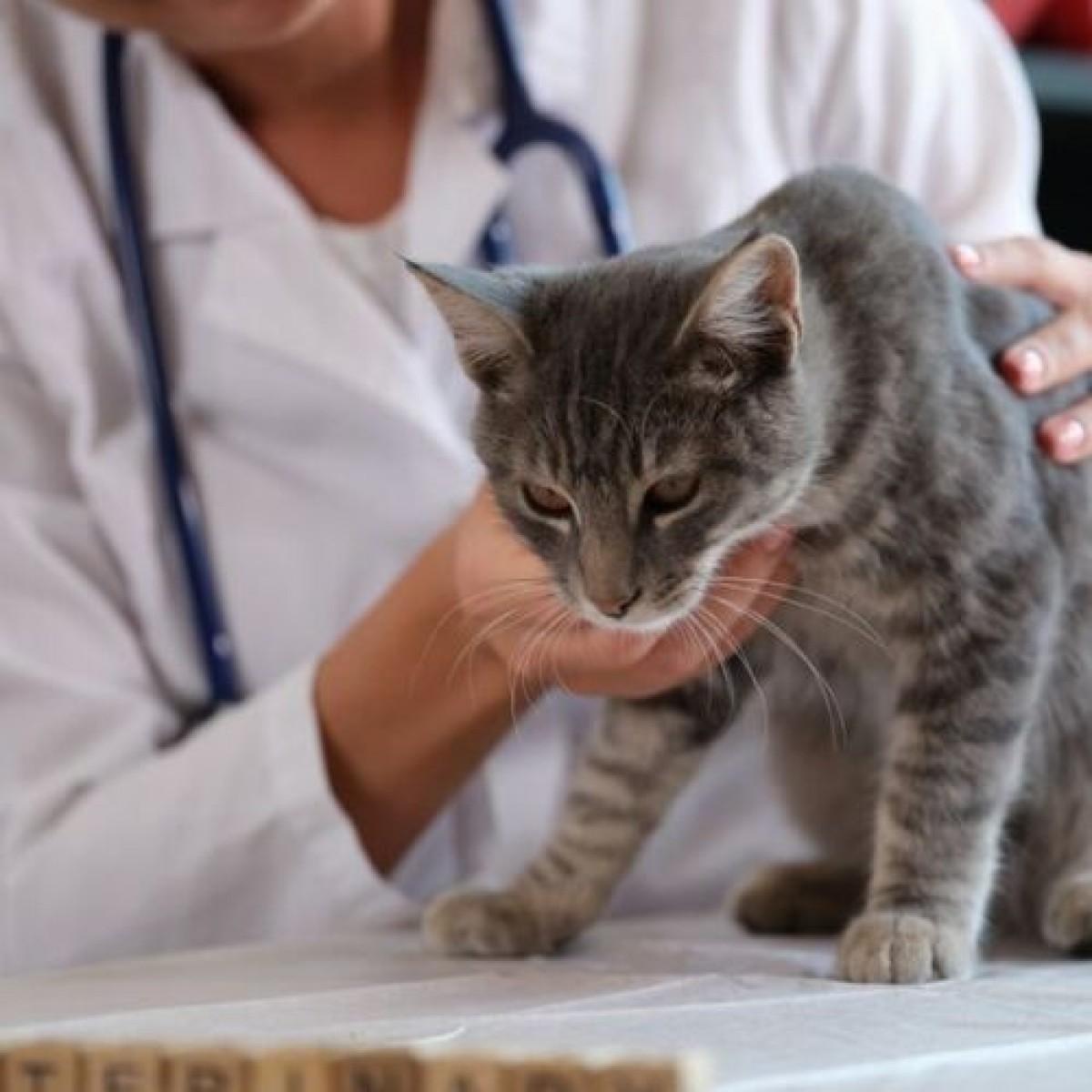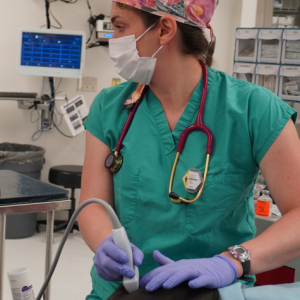Case-based clinical reasoning in feline medicine: Intuitive and analytical systems
This is Article 1 of a three-part series on clinical reasoning that encourages practitioners to explore and understand how they think and make case-based decisions. It is hoped that, in the process, they will learn to trust their intuition but, at the same time, put in place safeguards to diminish the impact of bias and misguided logic on their diagnostic decision-making.
This first article discusses the relative merits and shortcomings of System 1 thinking (immediate and unconscious) and System 2 thinking (effortful and analytical). Articles 2 and 3, to appear in the March and May 2016 issues of JFMS, respectively, will examine managing cognitive error, and use of heuristics (mental short cuts) and illness scripts in diagnostic reasoning.
In this era of evidence-based veterinary medicine, where accuracy and objectivity have perhaps become valued more than scepticism and open-mindedness, is it heresy to use intuitive pattern recognition to diagnose disease in practice? Many who advocate the exclusive use of an analytical, problem-oriented approach would answer with an emphatic ‘yes’, believing the thought processes of pattern recognition to be fraught with inaccuracy and cognitive error. While the (sometimes spectacular) failings of intuitive reasoning cannot be denied, it is accepted that experienced clinicians, especially elite clinicians, find it difficult not to engage in intuitive reasoning from the moment they first see the patient and its owner.
Furthermore, if intuitive pattern recognition or other forms of intuitive reasoning are used more effectively through conscious refining, this will save time and money for clients by sharpening diagnostic accuracy and reducing unnecessary tests and procedures. Moreover, intuitive reasoning, especially pattern recognition, comes naturally and instinctively to many clinicians, even if they cannot appreciate how and why it occurs.
Is there room for using both approaches? This question is truly rhetorical, as there is a wealth of evidence from the psychology, economics and medical literature to establish the power of using both cognitive approaches, and Nobel Laureates have testified to the fact!
This article argues that there is merit in using both intuitive reasoning (pattern recognition being the most well known form of System 1 thinking) and the analytical, problem-oriented, forward reasoning approach (as a trained form of System 2 thinking), especially sequentially. This is on the proviso that (i) intuitive reasoning be instinctively improved over time through the accumulation of disease patterns and ‘illness scripts’ (ie, recalled and often complete cases of disease held in long-term memory), (ii) mental short cuts (called heuristics) are used appropriately to help choose among diseases with overlapping features), and (iii) System 2 thinking can be finely tuned through training to suit diagnostic reasoning.
Source: https://journals.sagepub.com/













List
Add
Please enter a comment